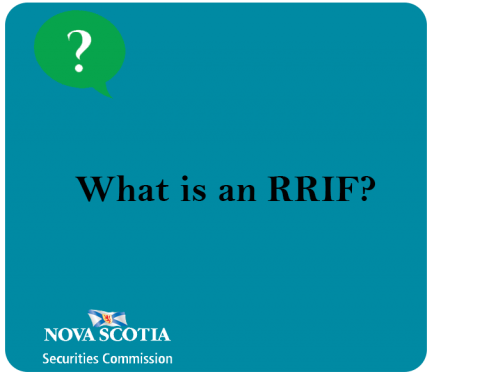Submitted by nsscadmin on

If you’ve been putting money away in an RRSP account for your retirement, eventually you’ll need to transfer it to an RRIF. Despite the fact many people have put aside money in an RRSP, few know what an RRIF is, or that they’ll need one when it comes time to retire.
An RRIF is a Registered Retirement Income Fund. When you retire, and you need the money you’ve put into your RRSP, you convert your RRSP into a RRIF. You can convert it into a RRIF at any time, but you must do so no later than the end of the year in which you turn 71.
Once an RRSP has been converted into an RRIF you can no longer make contributions. You can have more than one RRIF. The money held in an RRIF continues to earn money tax-free, however, any money withdrawn from an RRIF is taxed as income.
Once an RRIF is established, within a year you must begin withdrawing a yearly minimum amount of money. This amount is determined by how much money is in your RRIF and your age. You can withdraw more than this amount, but you can never withdraw less. If there is money left in your RRIF when you die, it will go to all named RRIF beneficiaries. If there are no RRIF beneficiaries designated, the funds from the RRIF will become part of your estate.
You can set up the RRIF at the same institution that holds your RRSP, but you don’t have to. You can set up an RRIF at most financial institutions.
